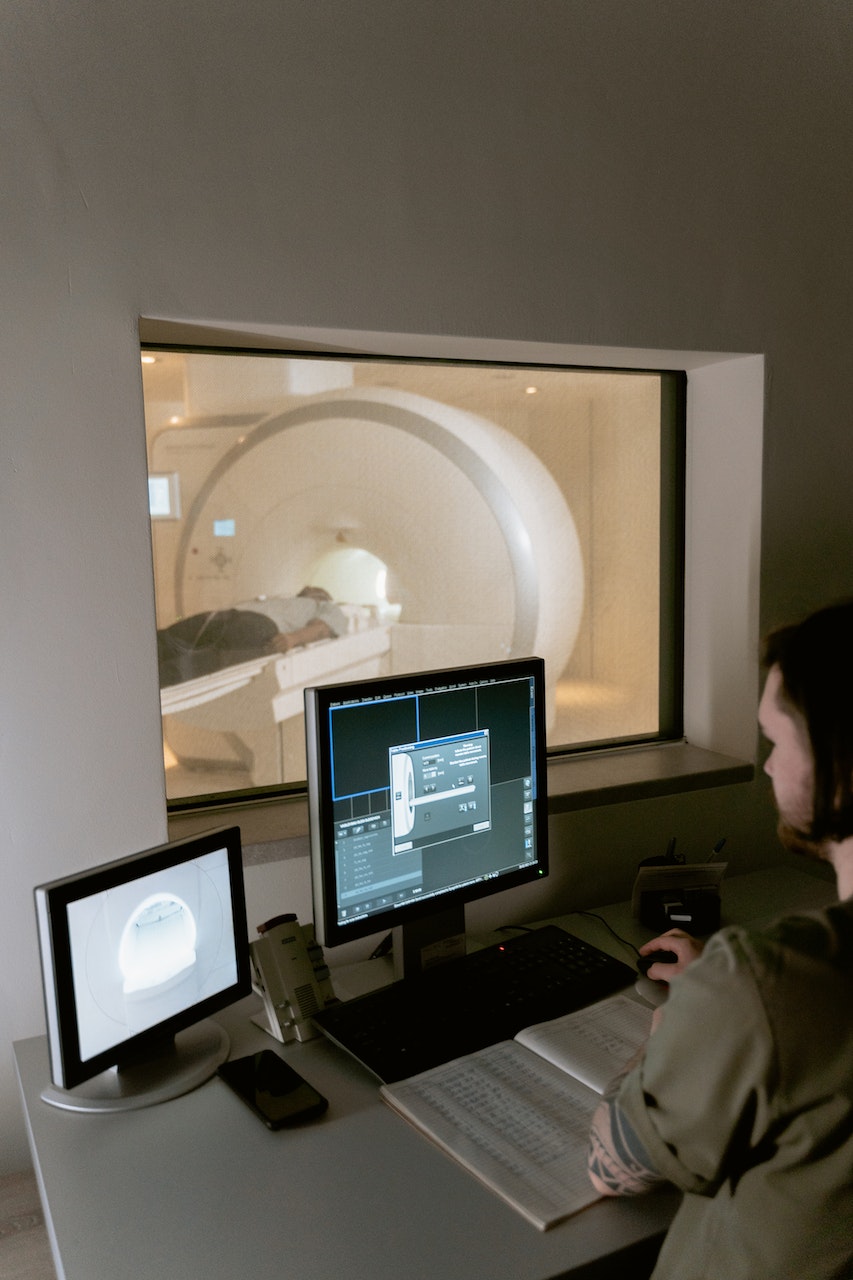 OK, so not so much of an original topic given my last blog about road accident madness. But the “madness” theme spreads across all walks of life, and all forms of claims for personal injury. As a specialist firm of personal injury experts, we take on all sorts of claims, given the sheer volume of cases we take on daily; and sometimes we genuinely have to ask ourselves – “how was this allowed to happen?”
OK, so not so much of an original topic given my last blog about road accident madness. But the “madness” theme spreads across all walks of life, and all forms of claims for personal injury. As a specialist firm of personal injury experts, we take on all sorts of claims, given the sheer volume of cases we take on daily; and sometimes we genuinely have to ask ourselves – “how was this allowed to happen?”
Health and safety laws, rules, and regulations are there for very good and very sensible reasons – to prevent people from coming to harm. Never mind what the ConDems say about “elf and safety gawn mad”, if you follow the practices and procedures in place, no one should come to harm. So when people and companies break rules and regulations to such extents that their actions can be classed as “mad”, you do have to ask yourself how on earth they managed to break the rules so tremendously bad.
Personally, I tend to class some of the more simple rules broken as madness. For example, councils failing to inspect and maintain their jurisdiction of highway on a regular basis. It only needs to be done every 3 – 12 months or so, dependant on the use of the road or pathway. A simple inspection can identify defects, and workman can be contracted to repair them. It seems basic enough to me. But there are still highways authorities that fail to follow the rules – meaning claims can be brought against them.
Work places – the rules and regulations they must follow are strict and plentiful – so why employers break them on a seemingly continuous basis can be somewhat dumbfounding. For example, all employees using dangerous tools and equipment, or undertaking manual handling tasks, must have training on how to use the equipment and do the tasks safely. There must be emergency stop buttons on machinery, personal protective equipment to stop peoples’ limbs from being exposed to harm, training on safe lifting techniques with the right amount of people assisting in the task – it’s all basic stuff.
So why do people break the rules? You’d think that employers and companies responsible for the safety of others would want to ensure they do not cause anyone to come to harm. I know I certainly would! The consequences can be serious – so here’s a real life story of the cost a stupid mistake can have on the victims involved.
In this real life example (and a very traumatic example of the consequences stupidity can have on a victims life), according to sources from The Sun (http://www.thesun.co.uk/sol/homepage/news/3184906/Glove-left-in-patient.html), trucker Wayne Williams’ operation to help him breathe better left him with a voice like the late singer Barry White when surgeons left a latex glove in his throat! The report goes on to say that he was gasping for air when he awoke from the operation at London’s St George’s Hospital; and he was told by staff that he was fine! Yes – fully qualified surgeons actually left a glove inside a patient!
A whole year later, a scan revealed the glove inside the patient, which has scarred his vocal chords. The article unfortunately doesn’t provide much further information, other than confirming that, understandably, this monumental error has ruined the victims’ life, and has left him unable to work. He has reportedly settled a claim for medical negligence against the hospital trust for £350,000.
It’s an awful and, quite honestly mind-boggling, story to hear about. How on earth a qualified team of medical attendants managed to leave a latex glove inside a patient is unbelievable. These people will have gone through years and years of rigorous education to get to the positions they are in – yet they can’t even stop a glove from being left inside a patient after an operation. It certainly doesn’t leave me with much confidence in the NHS…

 OK, so not so much of an original topic given my last blog about
OK, so not so much of an original topic given my last blog about 









